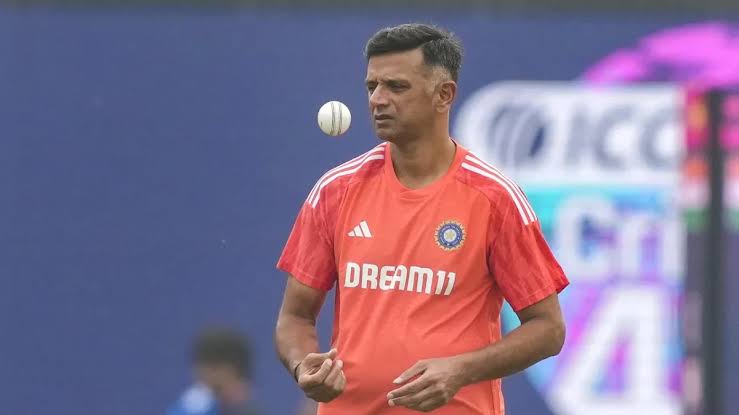In 2003, Rahul Dravid and his team-mates walked into the New Wanderers Stadium in Johannesburg to take on mighty Australia in the Cricket World Cup final.
Expectations were high as India had reached the final after nearly two decades. But the match ended in tears for Indians as the Australians completely outplayed them.
In 2007, Dravid got another crack at the coveted trophy – this time, he was leading the team.
Once again, the ODI tournament ended in misery for Indians as they failed to qualify for the knockouts.
Almost 20 years later, the stylish batter is back in business as the head coach of the Indian team which will take on Australia in the World Cup final on Sunday in Ahmedabad.
Almost 20 years later, the stylish batter is back in business as the head coach of the Indian team which will take on Australia in the World Cup final on Sunday in Ahmedabad.
Whether he gets to hold the prestigious trophy or not, Dravid’s place as one of the coaching greats is almost cemented.
But how did he transform himself from a legendary batter to a coach who stays in the background, making his presence felt through his team’s dominant performances?
The answer lies in his illustrious career.
Dravid was known to toil hard throughout his glorious days as a player. He rarely gave away his wicket easily, earning him nicknames like “The Wall” and “Mr Dependable”.
His class as a batter was on full display when he stitched an unforgettable 376-run partnership with VVS Laxman in 2001 to overturn an almost certain defeat in a Test match against Australia.
His signature attitude of not giving up until it’s really over is very visible in his coaching style as well.
👉 Click here to read the latest Gujarat news on TheLiveAhmedabad.com




